Home>Home Appliances>Laundry Appliances>Where Is The Water Inlet Valve On A Washing Machine
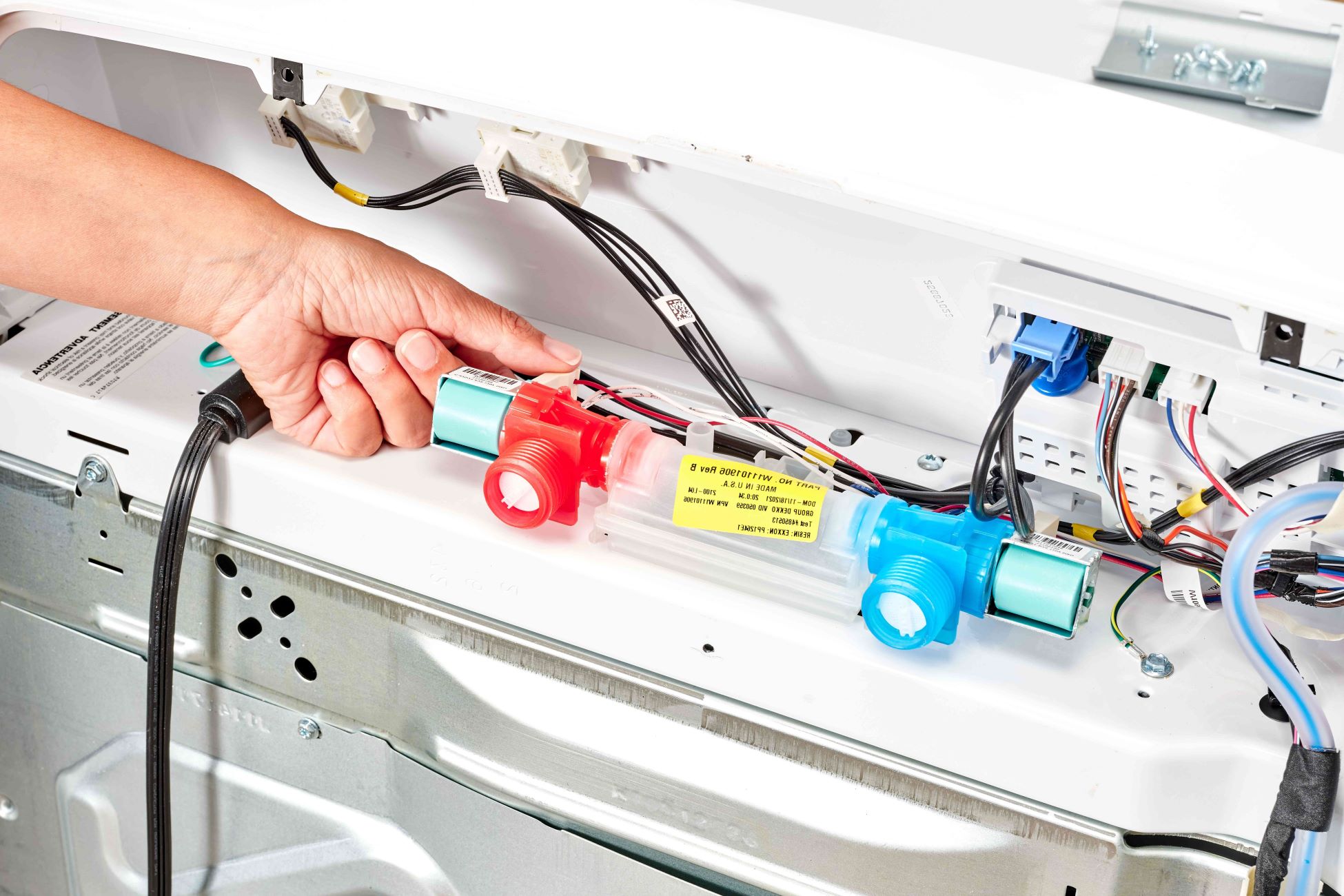

Laundry Appliances
Where Is The Water Inlet Valve On A Washing Machine
Published: February 22, 2024
The water inlet valve on a washing machine is a crucial component for proper functioning. Learn where it is located and how to maintain it for optimal laundry appliance performance.
(Many of the links in this article redirect to a specific reviewed product. Your purchase of these products through affiliate links helps to generate commission for Storables.com, at no extra cost. Learn more)
Introduction
When it comes to the efficient operation of a washing machine, the water inlet valve plays a crucial role. This often overlooked yet essential component is responsible for controlling the flow of water into the machine during the wash cycle. Understanding the location, function, and maintenance of the water inlet valve is vital for ensuring the smooth functioning of your washing machine.
The water inlet valve is a small but mighty part of the washing machine, as it is the gateway through which water enters the appliance. Without this valve operating effectively, the washing machine would be unable to fill with water, rendering it incapable of performing its primary function – cleaning your clothes.
In this article, we will delve into the intricacies of the water inlet valve, starting with its location within the washing machine. We will then explore the function of this critical component, shedding light on its role in the washing process. Additionally, we will discuss common issues that may arise with the water inlet valve, as well as provide valuable tips for maintaining it to ensure the longevity and optimal performance of your washing machine.
By gaining a deeper understanding of the water inlet valve and its significance in the operation of a washing machine, you will be better equipped to identify potential issues and take proactive measures to keep this essential component in top condition. Let's embark on this journey to unravel the mysteries of the water inlet valve and empower ourselves with the knowledge needed to maintain a smoothly running washing machine.
Key Takeaways:
- The water inlet valve in a washing machine controls the water flow and temperature. It’s located at the back of the machine and can experience issues like leaks and insufficient water flow. Regular maintenance is crucial to keep it working smoothly.
- To maintain the water inlet valve, regularly inspect for leaks, clean it to prevent clogs, and ensure proper water pressure. Avoid harsh chemicals and seek professional help for complex issues. This helps keep your washing machine running efficiently.
Read more: How To Replace Washing Machine Water Valves
Locating the Water Inlet Valve
The water inlet valve in a washing machine is typically located at the back of the appliance, near the top. To pinpoint its exact position, you will need to move the washing machine away from the wall to gain access to the rear panel. Once you have a clear view of the back of the machine, look for the water inlet hoses. These hoses are usually color-coded, with the hot water hose being red and the cold water hose being blue. The water inlet valve is the point where these hoses connect to the washing machine.
Upon identifying the water inlet hoses, trace them to their point of entry into the washing machine. This will lead you to the water inlet valve, which is often a small, rectangular-shaped component with electrical solenoids and hose connections. The number of solenoids may vary depending on the specific model of the washing machine, as some machines have a single inlet valve for both hot and cold water, while others have separate valves for each.
It's important to exercise caution when locating the water inlet valve, especially when moving the washing machine to access the rear panel. Ensure that the machine is unplugged and that you have ample space to work safely. Additionally, referring to the manufacturer's manual or online resources for your specific washing machine model can provide valuable insights into the exact location of the water inlet valve and the necessary steps for accessing it.
By familiarizing yourself with the location of the water inlet valve, you will be better equipped to troubleshoot potential issues and perform routine maintenance tasks. This understanding is essential for homeowners who prefer to handle minor washing machine repairs and maintenance on their own, empowering them to keep their appliances in optimal working condition.
Understanding the Function of the Water Inlet Valve
The water inlet valve in a washing machine serves a pivotal role in facilitating the entry of water into the appliance during the various stages of the laundry cycle. When the washing machine is prompted to initiate a wash cycle, whether for a small delicate load or a large, heavily soiled one, the water inlet valve springs into action. Its primary function is to open and close, allowing precise amounts of hot, cold, or warm water to flow into the machine as dictated by the selected wash settings.
This process is made possible through the utilization of solenoids, which are electromechanical devices responsible for controlling the flow of water into the washing machine. These solenoids are activated by the washing machine's control board, responding to the programmed water temperature and level settings. When the appropriate signals are received, the solenoids open to allow the designated water temperatures to enter the machine, ensuring that the laundry is washed with the desired water temperature.
The water inlet valve operates in coordination with the washing machine's internal sensors and control systems to maintain the correct water levels throughout the wash cycle. Once the predetermined water level is reached, the valve closes to prevent any further water from entering the machine, thereby ensuring that the laundry is washed with the optimal amount of water.
In addition to regulating the flow and temperature of the water, the water inlet valve also plays a crucial role in preventing the backflow of water once the wash cycle is complete. This anti-siphon feature helps to safeguard the washing machine and the water supply from potential contamination and damage, further highlighting the multifaceted functionality of the water inlet valve.
Understanding the intricate function of the water inlet valve provides insight into its indispensable role in the overall operation of a washing machine. By orchestrating the precise entry, regulation, and cessation of water flow, this unassuming yet vital component ensures that the laundry is washed effectively and efficiently, meeting the diverse needs of different wash cycles and fabric types.
In essence, the water inlet valve acts as the gateway through which the washing machine receives the lifeblood of its operation – water. Its ability to regulate the flow, temperature, and level of water is fundamental to the successful execution of each wash cycle, underscoring its significance in the seamless functioning of a washing machine.
The water inlet valve on a washing machine is usually located at the back of the machine near the top. It is connected to the water supply hoses.
Common Issues with the Water Inlet Valve
The water inlet valve in a washing machine, despite its essential function, is susceptible to a range of common issues that can impede its performance and disrupt the normal operation of the appliance. Understanding these prevalent issues is crucial for homeowners, as it enables them to promptly identify and address potential problems with the water inlet valve, thereby ensuring the continued efficiency of their washing machines.
-
Water Leakage: One of the most frequent issues associated with the water inlet valve is water leakage. This can manifest as drips or even a steady flow of water from the valve or the hoses connected to it. Leakage may occur due to worn-out valve seals, damaged hose connections, or internal valve damage. If left unattended, water leakage can not only lead to water wastage but also cause damage to the surrounding area and potentially result in electrical hazards.
-
Insufficient Water Flow: Another common issue is inadequate or restricted water flow into the washing machine. This can be attributed to sediment buildup within the valve, clogging the inlet screens or the valve itself. As a result, the machine may not receive the required amount of water, affecting the washing performance and potentially leaving the laundry inadequately cleaned.
-
No Water Flow: On the contrary, a complete absence of water flow into the washing machine is also a prevalent issue associated with the water inlet valve. This can be caused by a malfunctioning solenoid, electrical issues, or a faulty valve assembly. When the machine fails to fill with water, it becomes inoperable, rendering it unable to carry out the wash cycle.
-
Incorrect Water Temperature: The water inlet valve is responsible for regulating the temperature of the water entering the washing machine. However, it is not uncommon for the valve to malfunction, leading to discrepancies in water temperature. This can result in the machine using water that is either too hot or too cold, deviating from the selected wash settings and potentially affecting the quality of the wash.
-
Valve Sticking Open or Closed: In some instances, the water inlet valve may become stuck in either the open or closed position. A valve that remains open can cause the washing machine to overfill, leading to water spillage and potential flooding. Conversely, a valve that is stuck closed prevents water from entering the machine, rendering it unable to initiate the wash cycle.
By being aware of these common issues with the water inlet valve, homeowners can proactively monitor the performance of their washing machines and take timely action to address any emerging problems. Regular inspection and maintenance of the water inlet valve can help mitigate these issues, ensuring the smooth and uninterrupted operation of the washing machine.
Tips for Maintaining the Water Inlet Valve
Proactive maintenance of the water inlet valve is essential for preserving the optimal performance and longevity of your washing machine. By implementing the following tips, you can effectively safeguard the water inlet valve from common issues and ensure the seamless operation of your appliance.
-
Regular Inspection: Periodically inspect the water inlet valve and its associated hoses for any signs of wear, corrosion, or leakage. Check for cracks, fraying, or damage to the hoses, and ensure that the hose connections to the valve are secure. Additionally, examine the valve for any mineral deposits or sediment buildup that may impede water flow.
-
Cleaning the Valve: To prevent sediment buildup and potential clogging, consider cleaning the water inlet valve at regular intervals. This can be done by disconnecting the hoses and carefully removing any debris or mineral deposits from the valve screens and inlet ports. Utilizing a mild cleaning solution and a soft brush can help dislodge stubborn deposits without causing damage to the valve.
-
Maintaining Water Pressure: Ensure that the water pressure supplied to the washing machine is within the recommended range specified by the manufacturer. Excessively high water pressure can strain the water inlet valve and lead to premature wear, while low water pressure may result in inadequate water flow into the machine. Installing a pressure regulator, if necessary, can help maintain optimal water pressure.
-
Replacing Faulty Components: If you notice any signs of leakage, corrosion, or malfunctioning of the water inlet valve or its associated parts, such as the hoses or solenoids, it is imperative to address these issues promptly. Replace worn-out or damaged components to prevent potential water damage and maintain the integrity of the washing machine.
-
Avoiding Harsh Chemicals: When cleaning the water inlet valve or performing maintenance tasks, refrain from using harsh chemical cleaners or abrasive materials that could damage the valve or its internal components. Opt for gentle cleaning agents and non-abrasive tools to ensure thorough cleaning without causing harm to the valve.
-
Professional Servicing: For complex issues or if you are unsure about performing maintenance tasks, consider seeking professional servicing for the water inlet valve and the washing machine as a whole. Professional technicians can conduct thorough inspections, identify underlying issues, and perform precise repairs to restore the optimal functionality of the valve.
By adhering to these maintenance tips, you can effectively preserve the efficiency and reliability of the water inlet valve in your washing machine. Regular upkeep and proactive measures not only contribute to the smooth operation of the appliance but also extend its service life, providing you with continued convenience and performance for your laundry needs.
Frequently Asked Questions about Where Is The Water Inlet Valve On A Washing Machine
Was this page helpful?
At Storables.com, we guarantee accurate and reliable information. Our content, validated by Expert Board Contributors, is crafted following stringent Editorial Policies. We're committed to providing you with well-researched, expert-backed insights for all your informational needs.
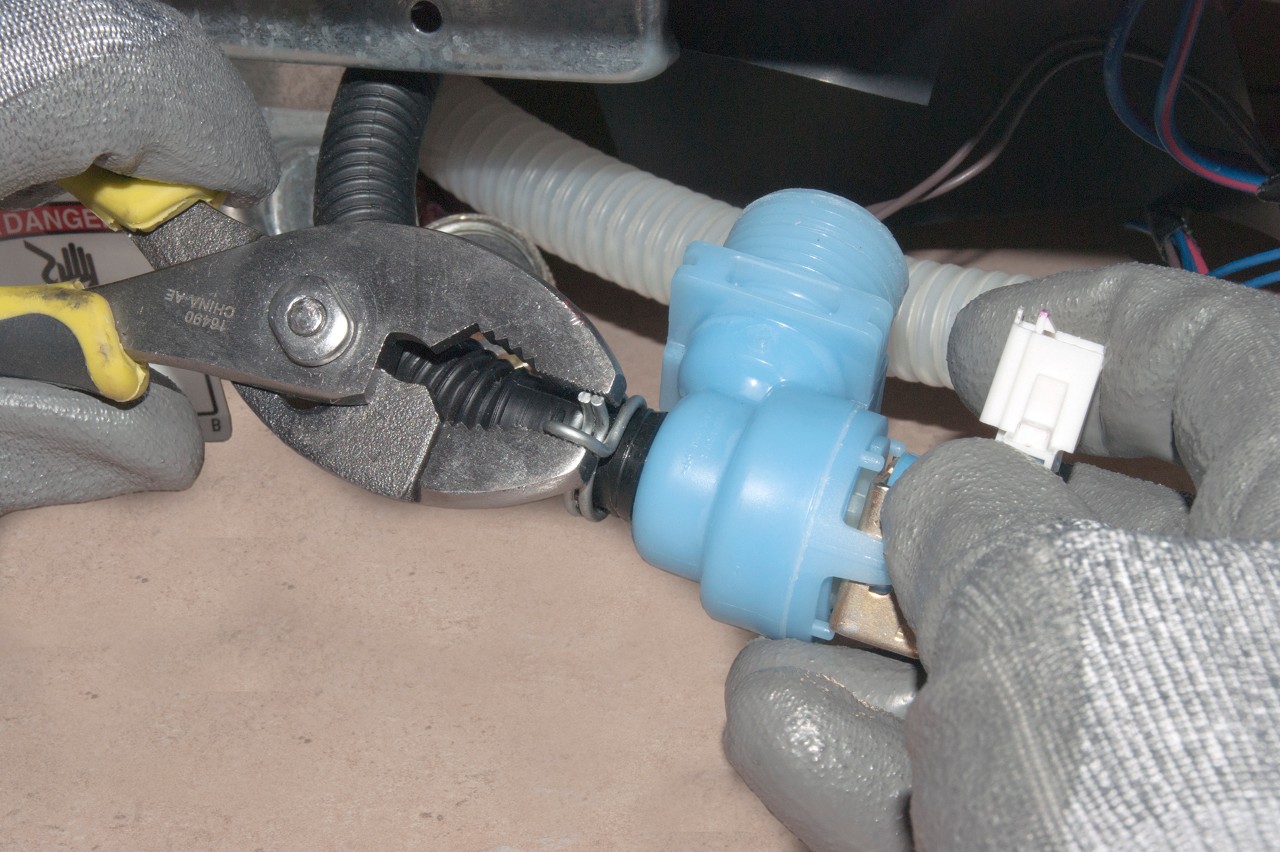
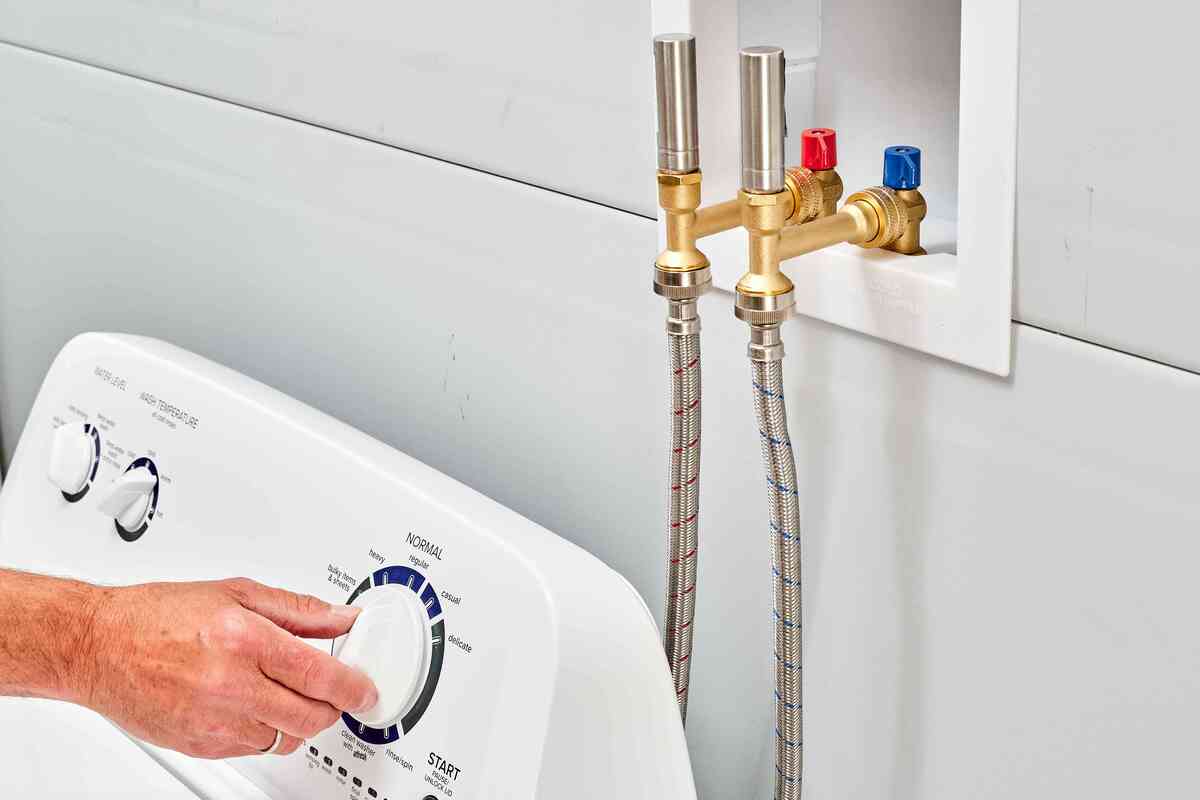
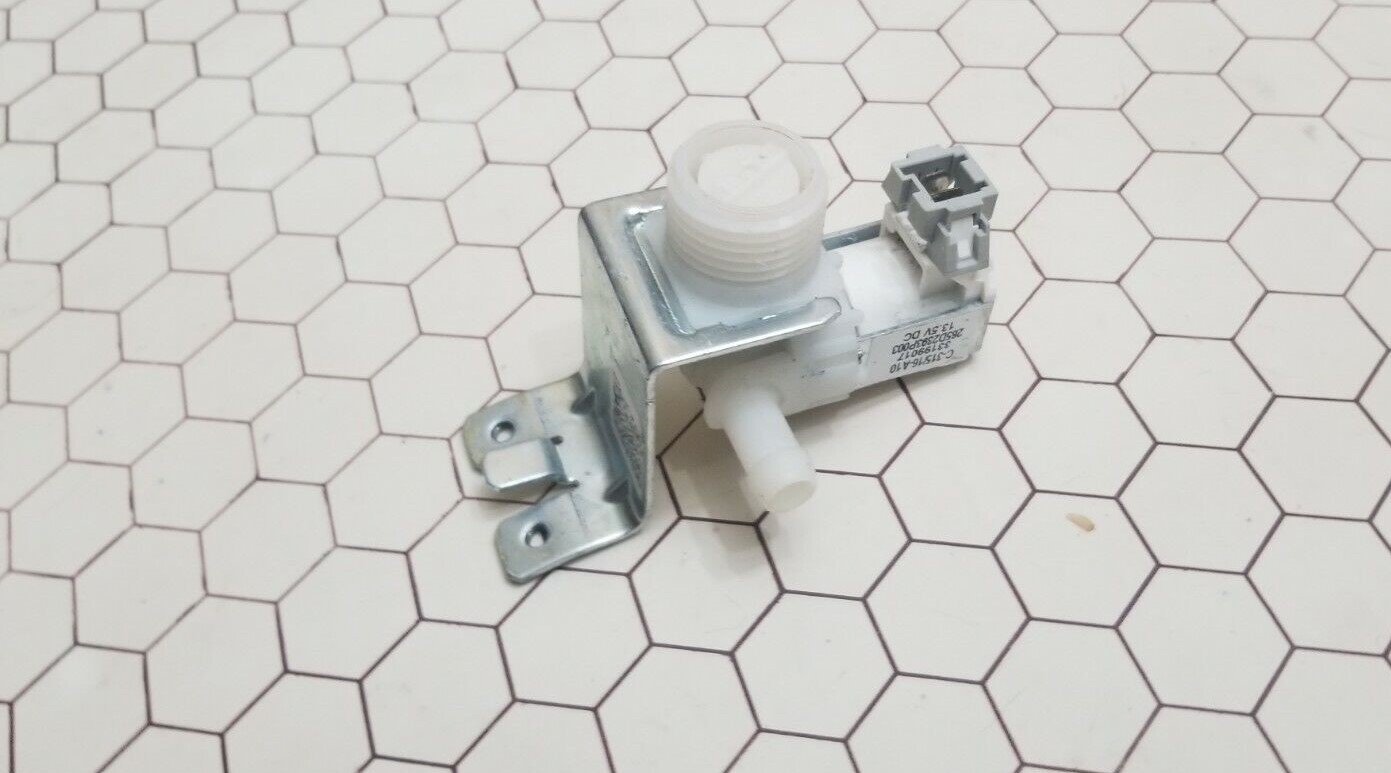

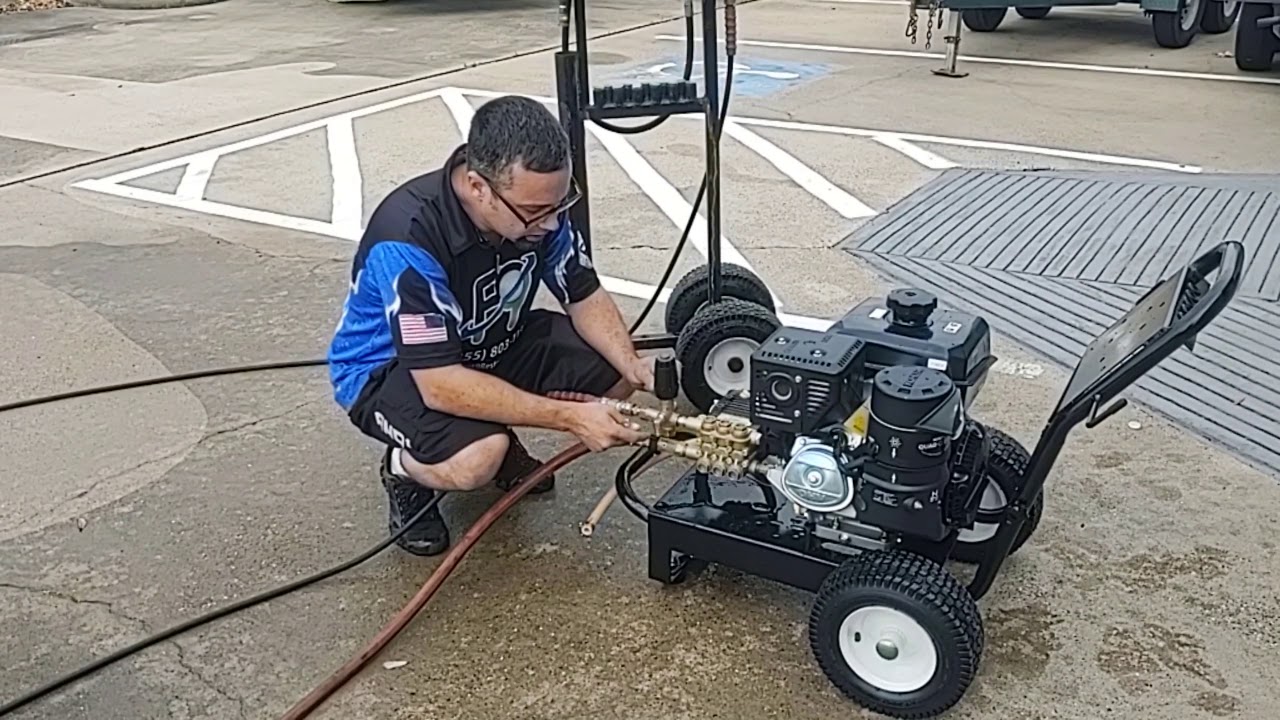
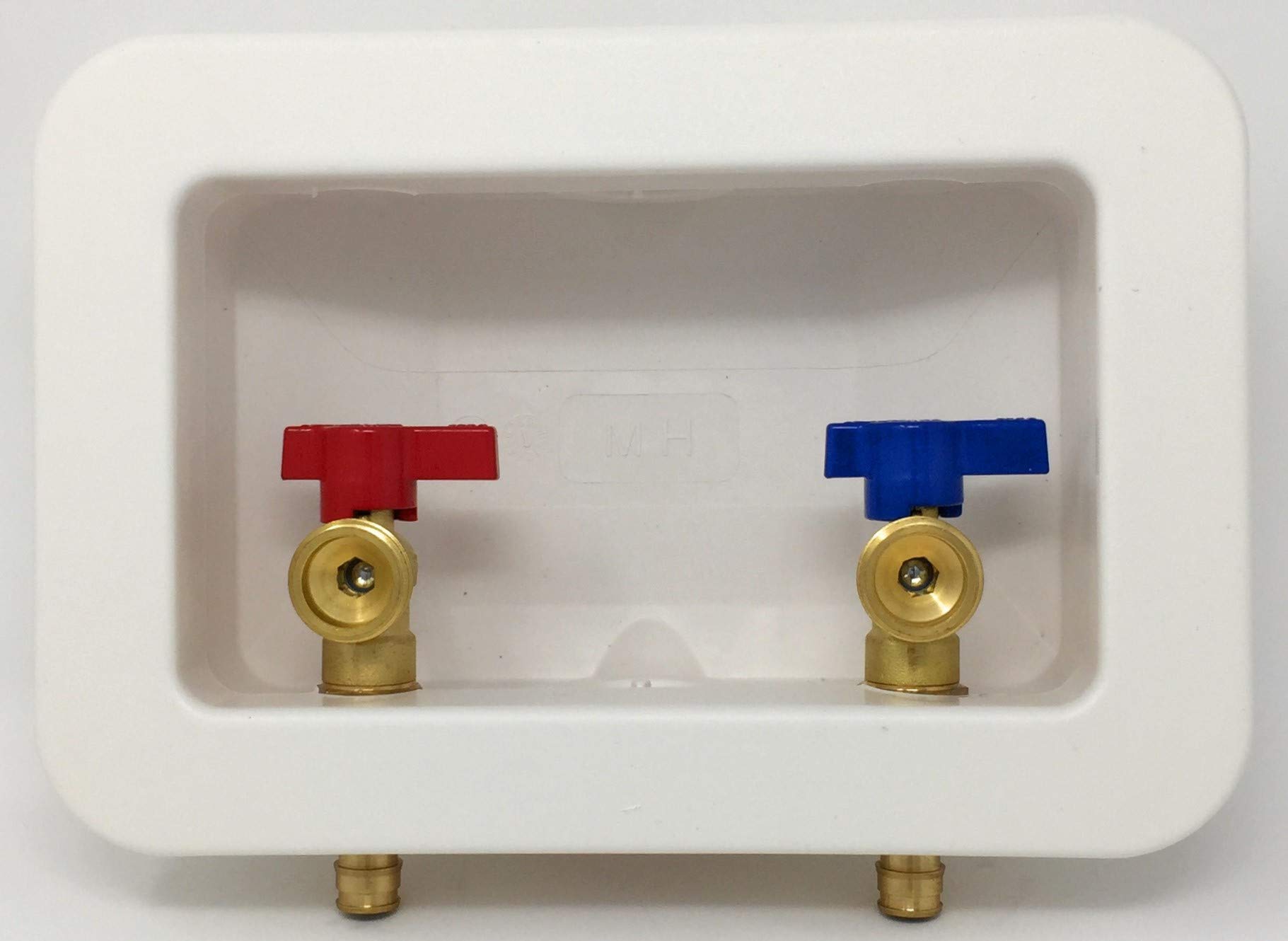
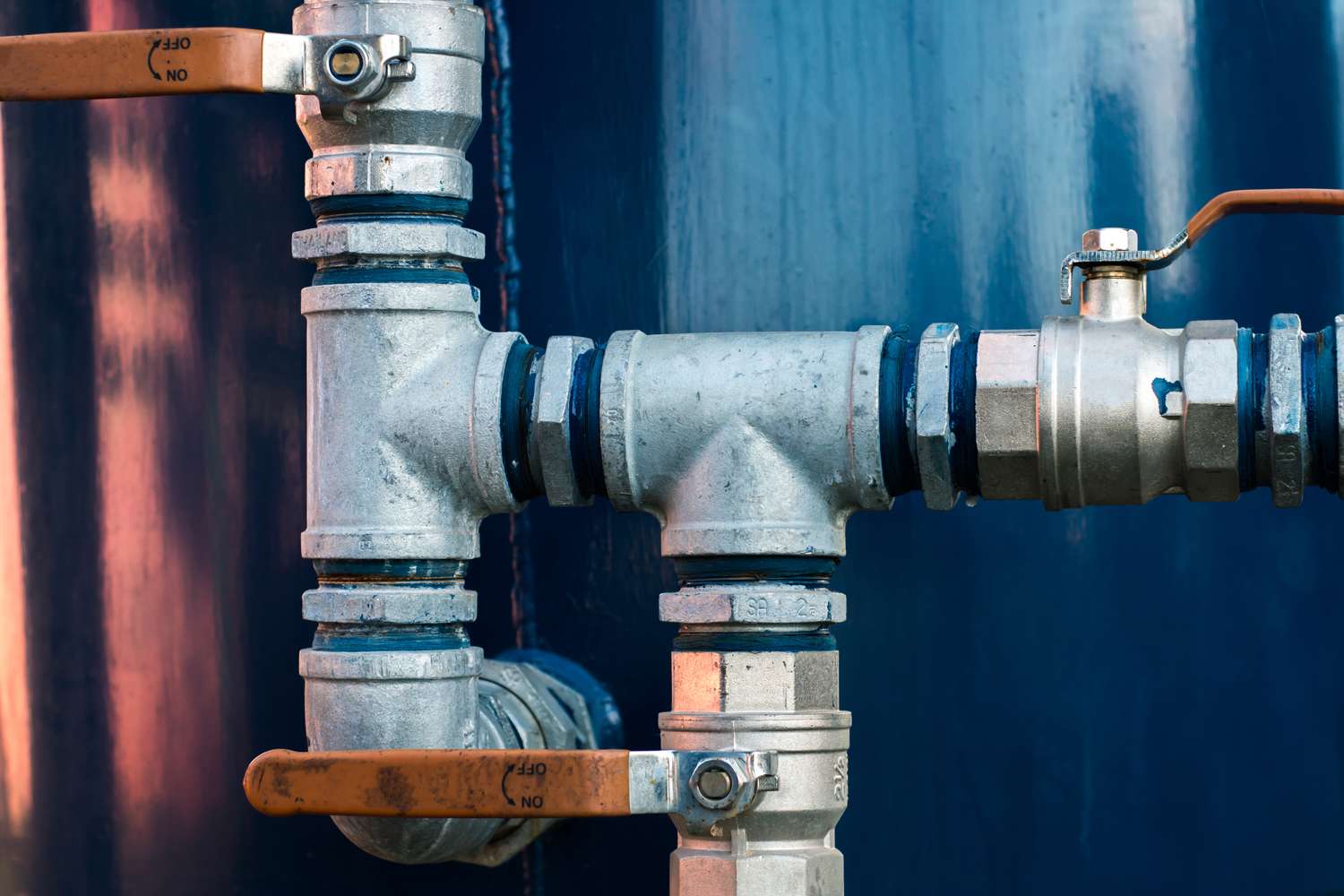
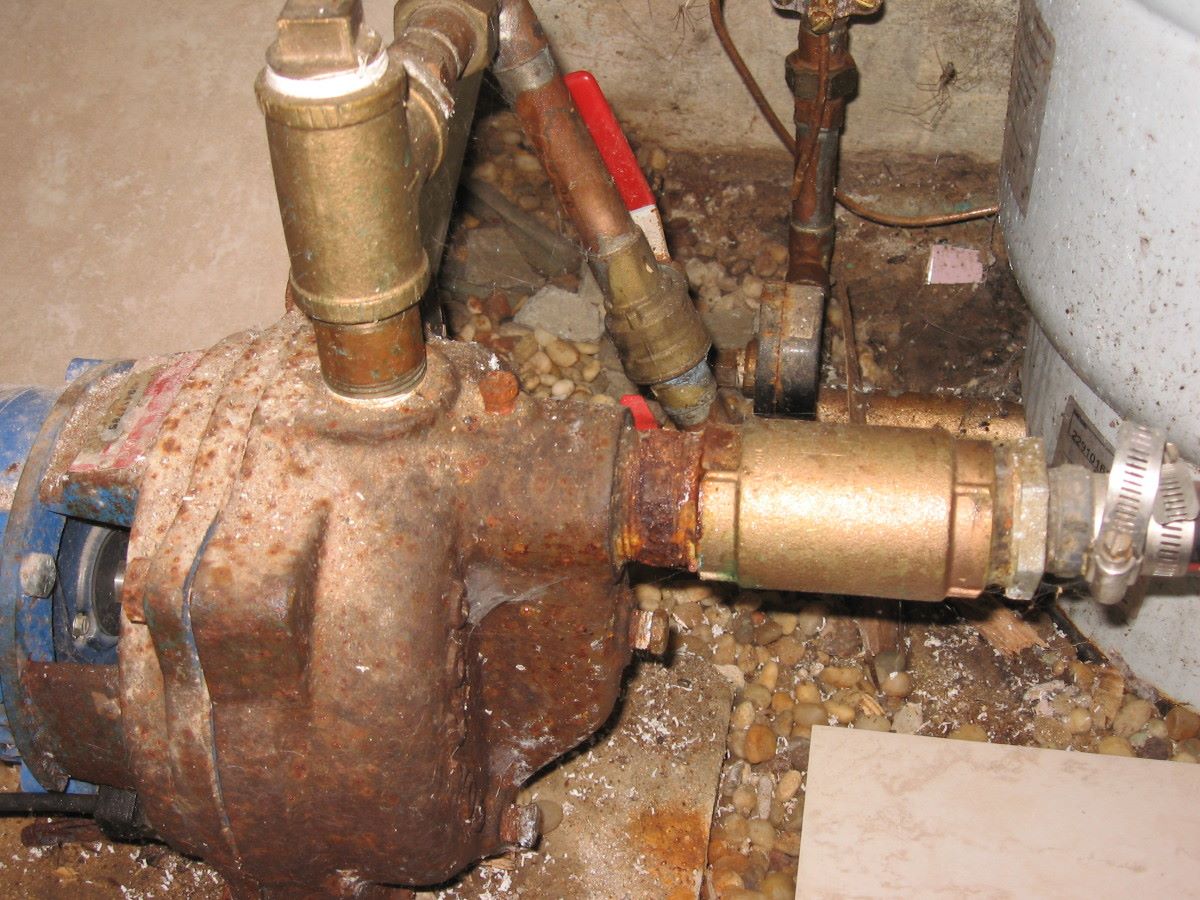
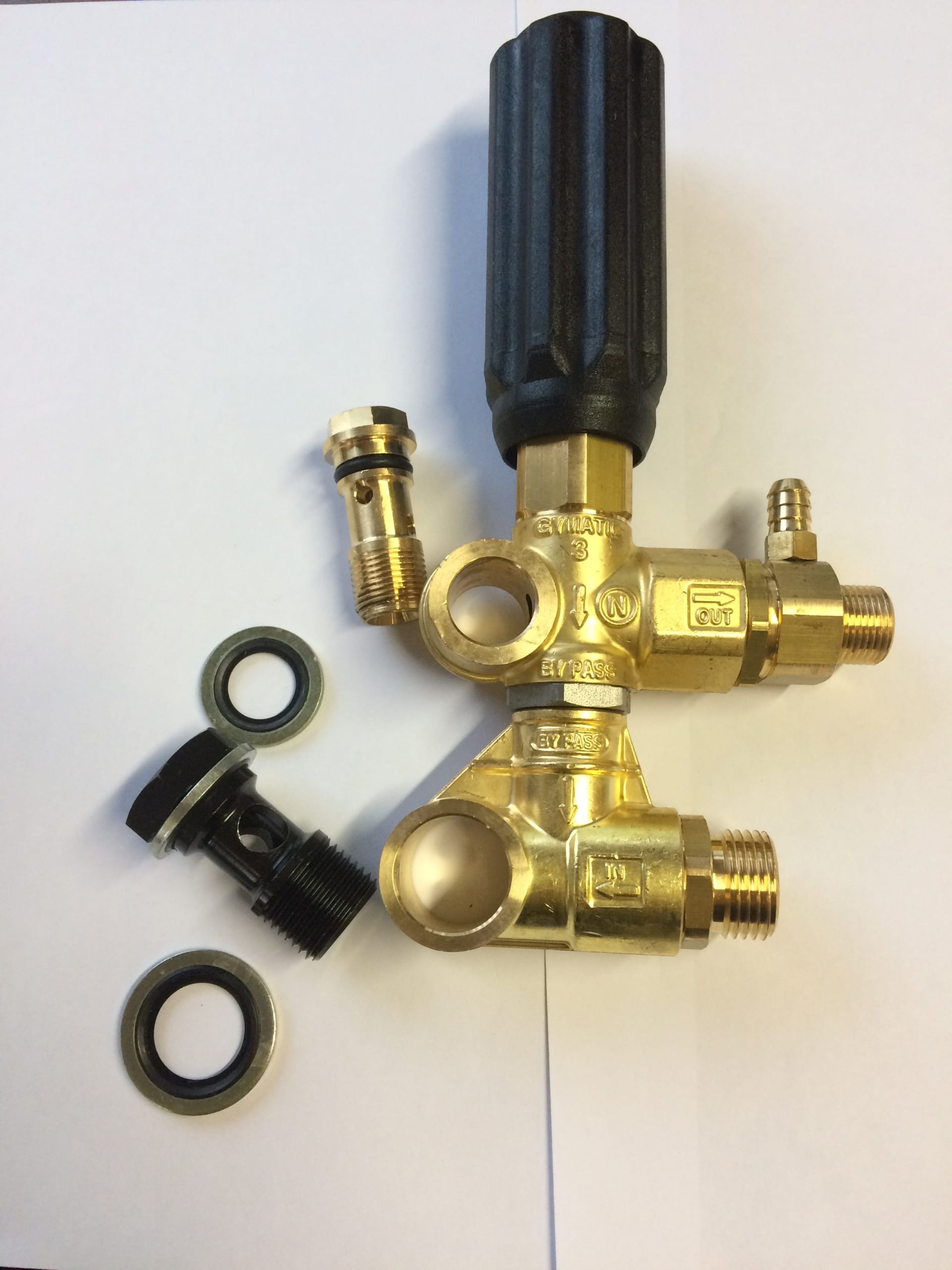
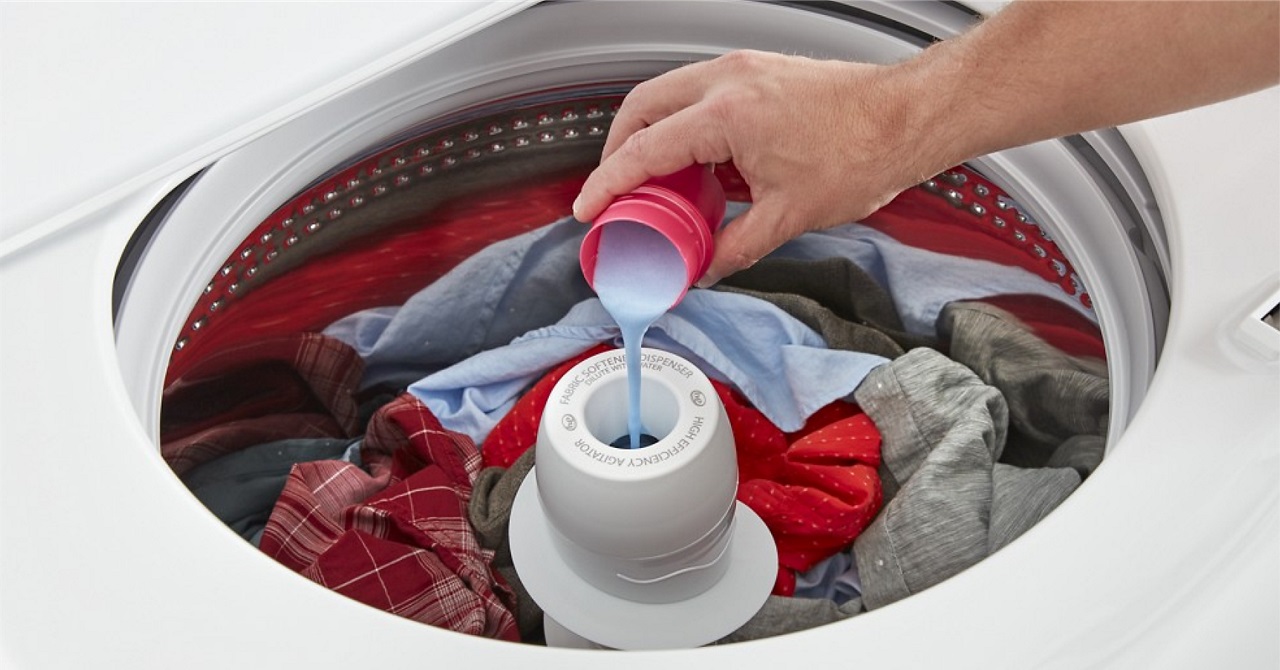

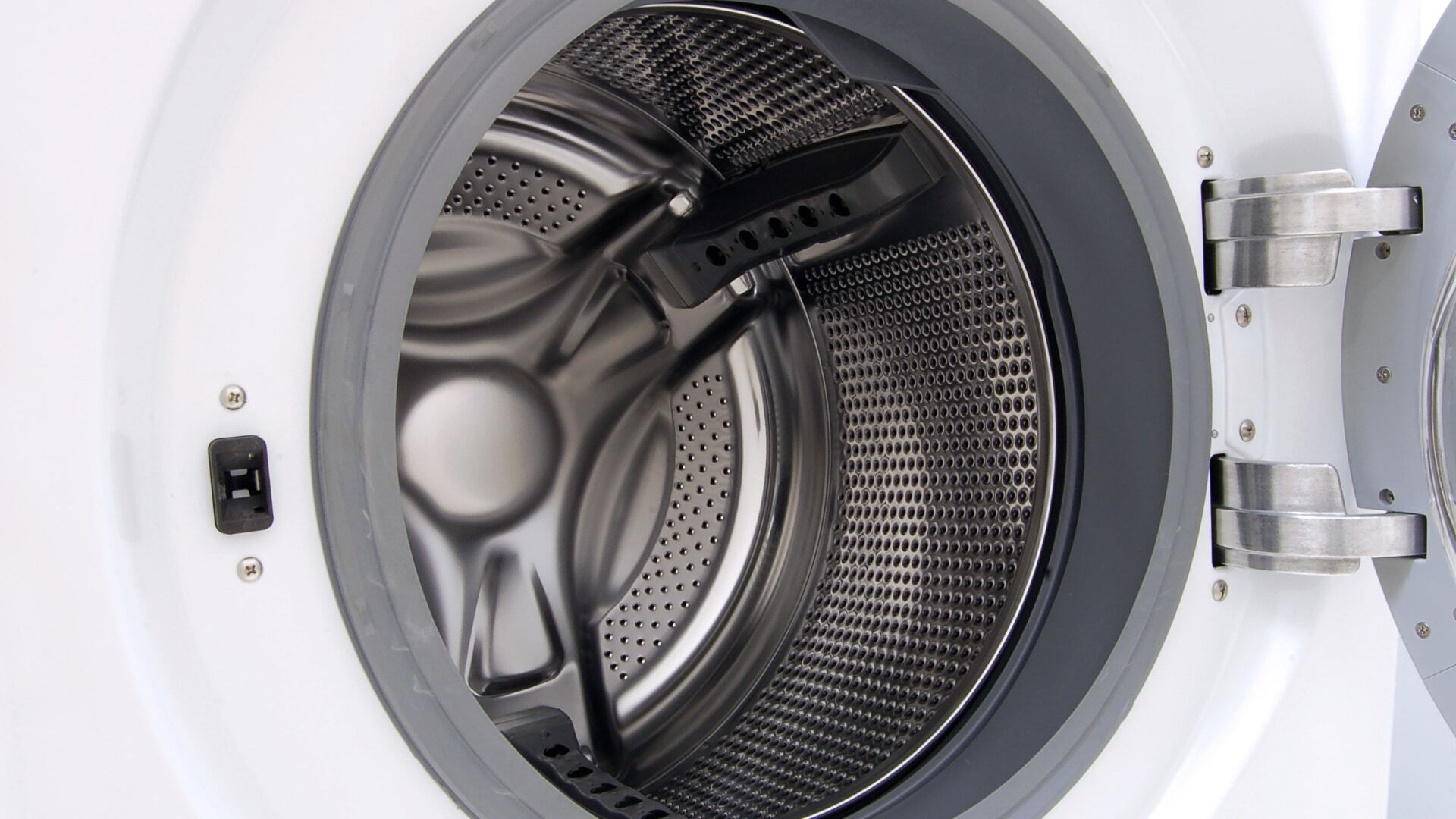
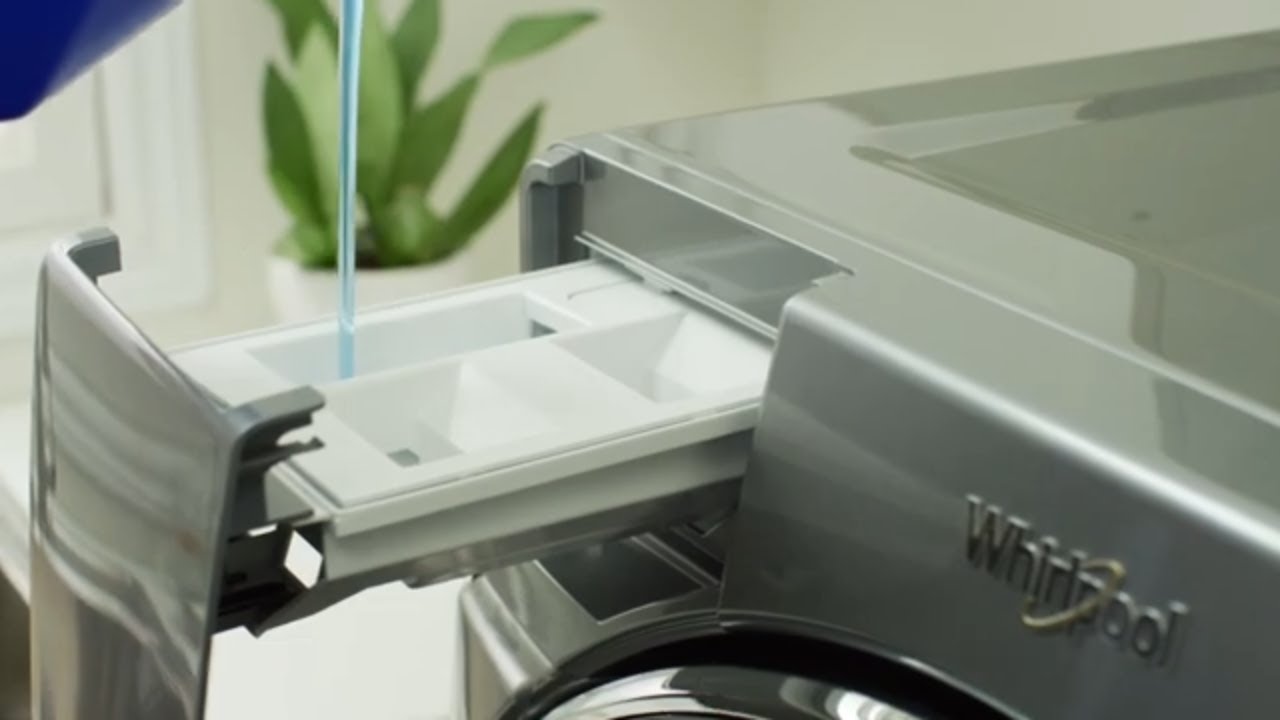
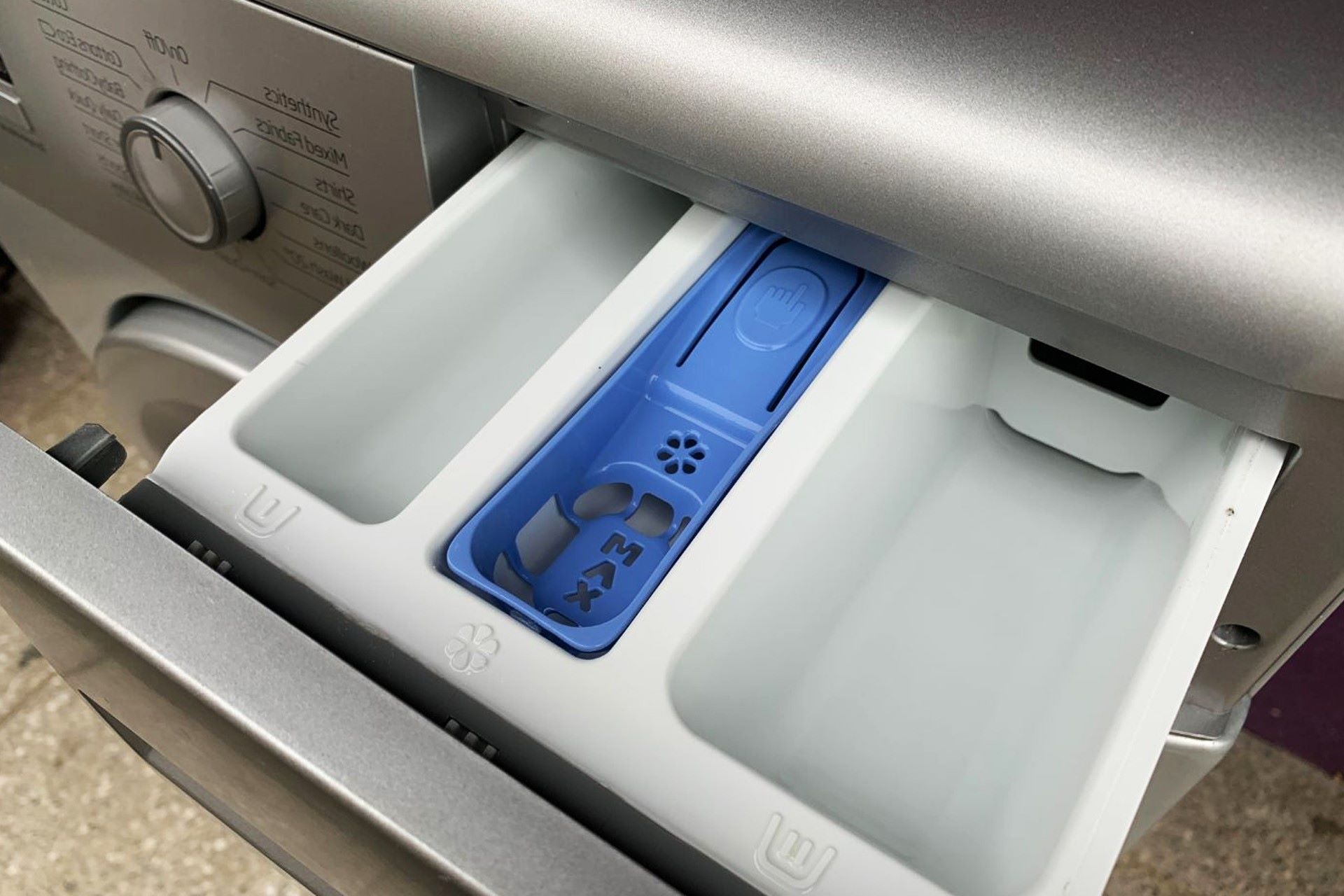
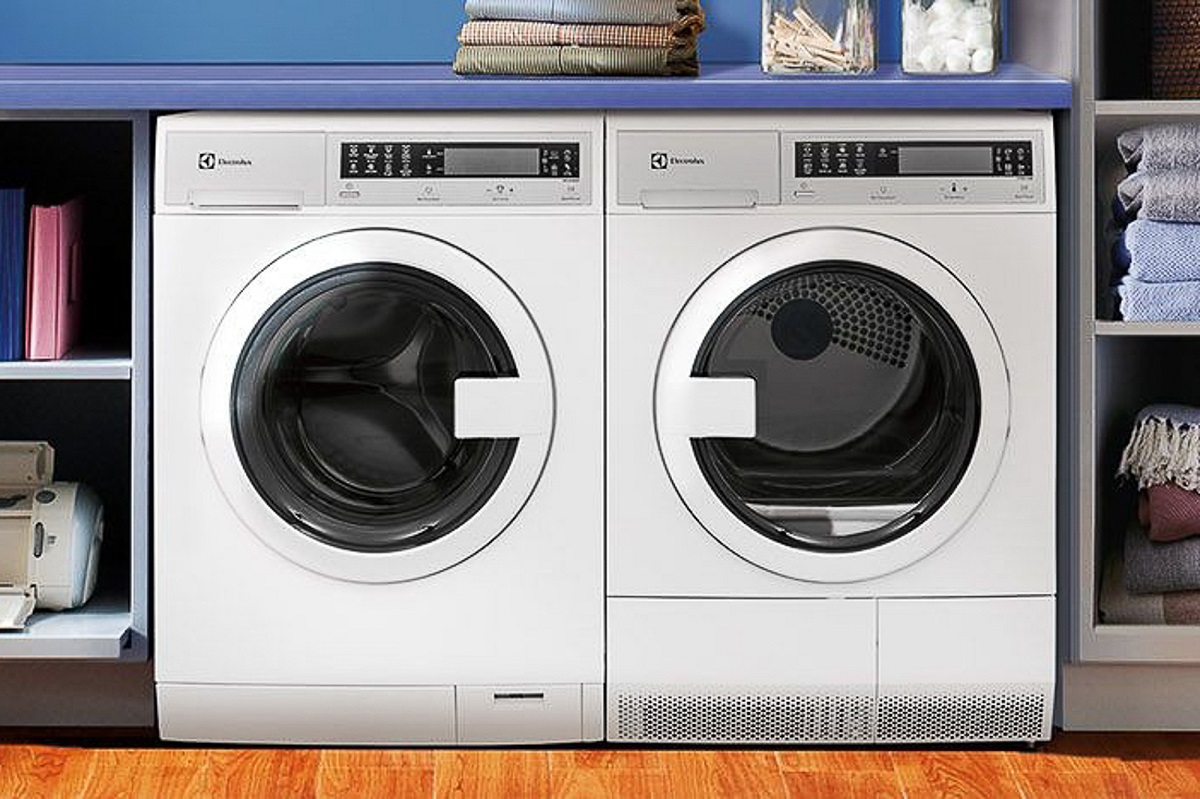

0 thoughts on “Where Is The Water Inlet Valve On A Washing Machine”